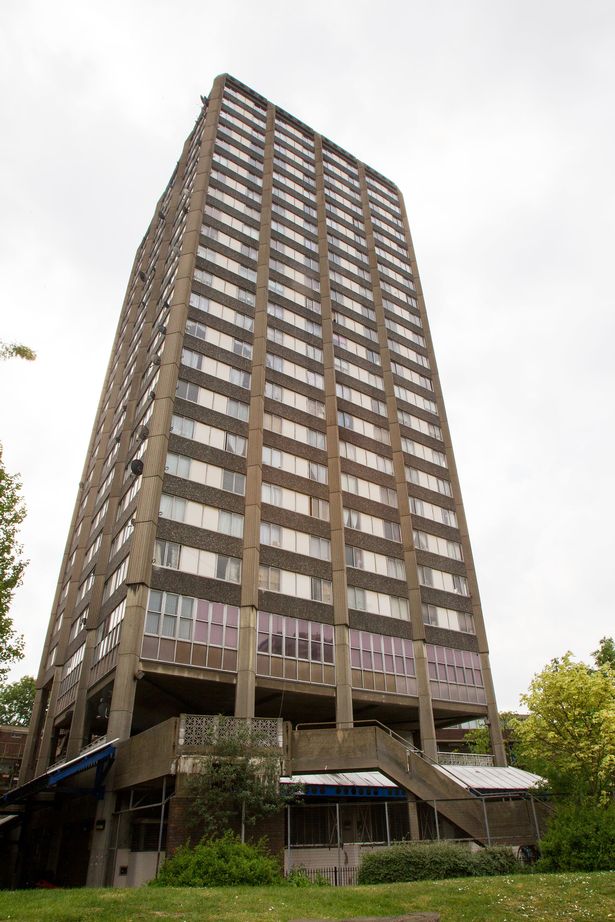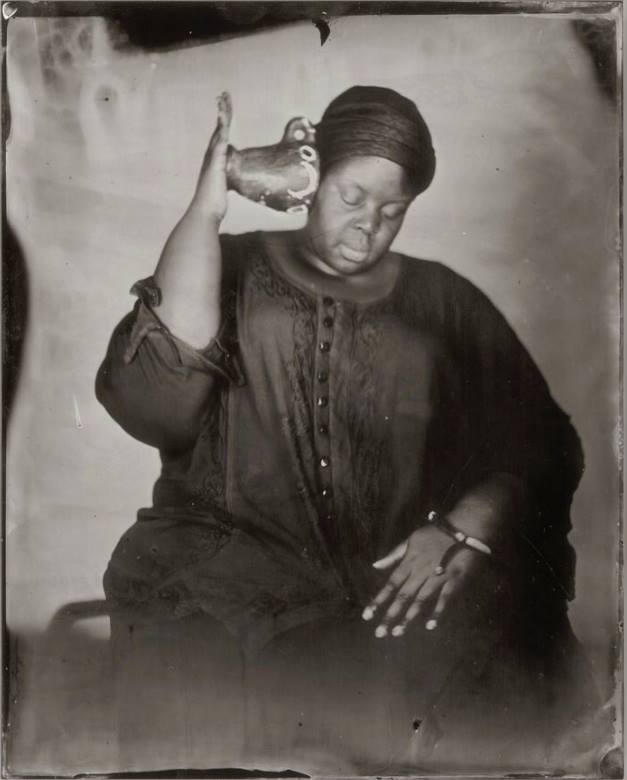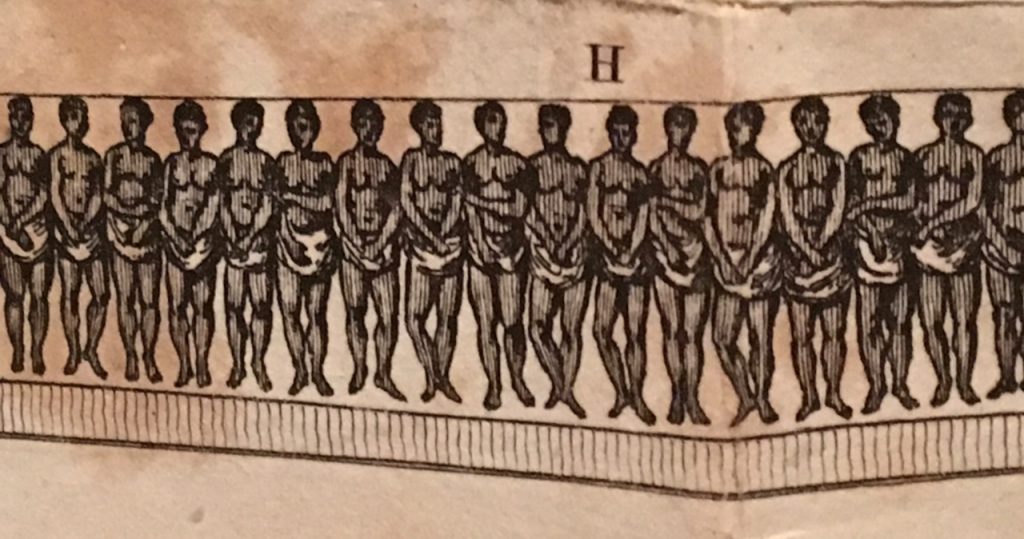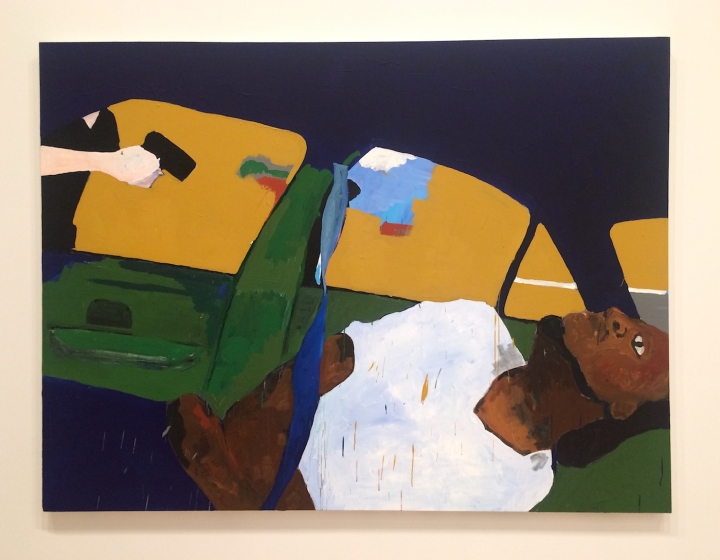Here we go again. A killer cop acquitted. Migrants and people of color in London dead in a completely preventable inferno. And still they come–cops kill a Black woman with mental health issues in Seattle. A “white” English man drives his van into a crowd of Ramadan worshippers. The images are terrible.
Again, we must learn. It’s not enough to “see” what happened or to call for “changes.” It is, as it has been for so long, time for abolition. Of the police and the “real” (meaning “royal”) estate they defend. The “people” are the necessary product of the sovereign image, its excluded other. Which has nothing to do with actual people.
Abolition images make subjects who are not subject to the rule of others but have subjectivity. And that subjectivity is rooted in their mutual knowledge of others, human and non-human. It creates power, not to dominate but to enable. More exactly, these images convey and contain the potential for that movement to occur. They do not cause such kinetic happenings but can participate in them.
Not icons. Not history (paintings). Abolition.
abolition history
You will perhaps be skeptical, and rightly so, for have we not been here before? Many times, yes. Can we learn from this repetition compulsion? History says not. Sometimes there is a virtue to being ahistorical and trying to live in a present not wholly circumscribed by the nightmare. That present has many names, even recently: Tahrir Square. Black Lives Matter. And anywhere where abolition is the agenda.
But that history, though. Twenty years ago, another Kensington resident died and the people came out on the streets in their thousands for her. Nothing will ever be the same, it was said. Tony Blair said, “the people’s princess” and those who were called the people settled for that and got nothing more from the death of Diana.
It could have been the moment to carry out the task set for us by Foucault, “to cut off the King’s head.” Not the head of the person called the king but the head of the King, Kingship, and Majesty. Subjection, in a word. Without that abolition–whether there is a person called the king or not–no liberation is possible.
The sovereign image is the icon, the image that is the very thing it depicts. So the icon of a Christian saint “is” the saint, because we have never ceased to believe in magic. Here’s the risk–it’s easy to make icons and the “people” like them. Diana the icon, England’s rose, queen of our hearts, delivered the country to Blair and the war in Iraq.
Abolish royal estate

Grenfell Tower must not become an icon. Its power is stark and clear in each and every image I have seen. In a terrible irony, its Brutalist architecture now stands freely. What we saw previously was not what was designed by Clifford Wearden and Associates in the 1960s. Mrs Thatcher’s government had already set aside the 1961 standards proposed by Sir Parker Morris in favor of “densification.” Then new flats were added on the ground floor that had been open. The result was 120 families inside the Grenfell with only one stairway.

What burned was not the concrete structure but the neo-liberal “cladding,” designed by architects Studio E and contractor Rydon Construction. What should also burn is the shiny illusion it represents that there is opportunity for all, that wealth trickles down, that there’s no racism here.
What must not be allowed to happen is to make the site sacred and pass just a limited set of bureaucratic modifications–banning the (apparently already banned) cladding, putting in sprinklers, and the like. It’s not that these things shouldn’t be done but that they are window dressing the dynamic that underlies “royal” estate-based capitalism worldwide.
This ownership incarnates colonial sovereignty and makes it possible for a corrupt financier of such capital to be elected to the US presidency. Abolition has always been about land from the demand of the Haitian revolutionaries for small-holdings to the US call for “forty acres and a mule” and the {r}evolution in Detroit.
Black Lives Matter tweeted today: “Today is #Juneteenth, honoring the June 19, 1865 announcement of the abolition of slavery. And today we take back land and reclaim space.” It’s still abolition time.
That is to say: abolition is to decolonize; which is to create a relationship of power, knowledge and subject. And that is to be done by creating space, liberating land and ending colonial domination. Since 1492, there has been a convenient fiction that it is possible to apply Roman law to the entire planet for the benefit of those with such sovereignty. Or to put it more simply, this “law” allows the colonizer to claim unused land as their own. The colonizer says, “in my view, you’re not using this land, so it’s mine now. Go away.”
dwelling

It is, then, shattering to remind ourselves that the young Black British artist Khadija Saye, who died in the Grenfell fire with her mother Mary Mendy, had produced a stunning set of work with the title: “Dwelling: in this space we breathe” (2017). Her series of tin-types were decolonial because they addressed Ghanaian knowledges in ways that are not transparent to outsiders. Because she worked collaboratively with Almundena Romero to make the pieces. Because the work does not limit power to the human. And because it knows that life is living breath together, not dead capital or royal estate.
A tin-type is one of the oldest low-cost forms of creating a permanent image from light-sensitive materials, using wet-plate collodion on tin (rather than the more expensive glass). The tin creates mysterious and unpredictable patterns, imbuing the plate with non-human agency. The spiritual practices–not known to me–that Saye depicts as her subject are, then, of a piece with her materials.
And yet the title of the series cannot but open this work to the Black Atlantic world.The tin-type was a form that formerly enslaved human beings had used to capture their likeness. From the top of the Grenfell where she lived and worked, Saye could see the Westfield Mall in Shepherd’s Bush, where activists held a die-in, chanting “I can’t breathe” in November 2014.
i can’t breathe

If there was ever an abolition image, it was (from the white side of abolition), the drawing of HMS Brookes. I’ve seen it twice this summer, oddly, once in Copenhagen and again in Lisbon. And what I noticed is that the first thing that I (and many others) usually say about it was wrong. The figures of the enslaved human beings are not abstracted at all. As you can see above, each figure is distinct and separate. Perhaps that’s a good place to start: that white people looking for abolition images are more often wrong than not.
The Brookes drawing makes it clear that not being able to breathe was a condition of Atlantic slavery (and indentured servitude). If it helped bring about the abolition of the legal slave trade, the drawing could not change that condition. Nor should we expect it to, it’s just a drawing.
History painting claimed to be that form. In this year’s now notorious Whitney biennial there was, in addition to that painting, one by Henry Taylor, depicting the death of Philando Castile at the hands of Officer Yeronimo Janez. Who was just acquitted on all charges.

Taylor’s picture is a transposition of Diamond Reynolds’ Facebook Live video that I have written about at length here. The painting is large scale, opening the small phone-generated image into the imagined space of History. It creates a greater sense of openness and space in the car than the video and withdraws Yanez’s gun so that it seems to be outside.
Most notably, it changes the deep red splashes of blood on Castile’s T-shirt into yellow and green drips that rhyme with the other colors of the canvas. For some critics, this move was “transcendent.” I’m not sure that transcendence was the artist’s goal here. Certainly, Reynold’s repeated invocation “Please don’t tell me he’s gone” implied that Castile has a spirit or soul. But while that spirit can depart, can we transcend this scene? More to the point, should we?
History painting implies that shift into the register of the sacred and the sovereign. The little patch of blue sky does open a space outside the killing zone of the car. Castile is not sovereign in human terms, although his posture might be taken to indicate that of the dead Christ in the pietà. Only here the fallen is supported not by the Virgin Mary but by the passenger seat. Perhaps it’s too early to tell what Taylor’s work means. If it enters one of the temples of white “civilization,” aka a permanent collection, perhaps it can subvert the meaning of those quiet halls.
Outside, it was the fifty-third time Castile had been stopped. His luck just ran out in what is still a violent white supremacy and for all his practiced skill in addressing the gun, it still fired at him, as it will do eventually. Castile need not be made into an icon. He was just a good person, who helped children to dwell and breathe, remembering their allergies and taking care of them.
now
And so the time of abolition comes to be now. Or it should be.